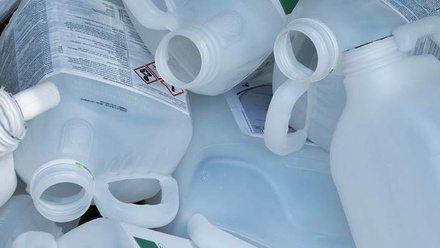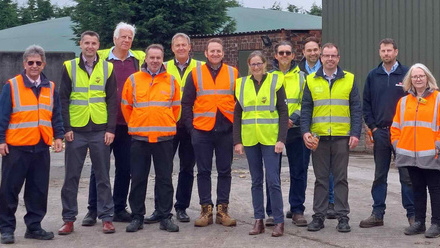Recyclability Assessment Methodology under Extended Producer Responsibility for Packaging Regulations

Agri-supply businesses can use a new Recyclability Assessment Methodology (RAM) designed to help determine current packaging recyclability. This will inform the appropriate waste management fee eco-modulation category when fee modulation comes into Extended Producer Responsibility for Packaging Regulations (pEPR) in 2026.
Having to assess current packaging recyclability is intended to incentivise the use of more recyclable packaging. Large producers will be required to submit recyclability assessment data for all household packaging placed on the market in 2025.
Remember that household packaging has a specific definition that can be found here on GOV.UK. This data will need to be submitted with the pEPR submission through the Reporting Packaging Data (RPD) service.
The first data submission including recyclability assessment is due by 1 October 2025 for the period 1 January 2025 to 30 June 2025.
Applying the Recyclability Assessment Methodology (RAM)
The Department for Environment, Food and Rural Affairs (Defra) has published detailed guidance on how to assess your business's packaging waste on GOV.UK.
Each item of packaging and its components should be assessed under one of the eight specified materials categories:
- paper and board
- fibre-based composite materials
- plastic
- steel
- aluminium
- glass
- wood
- other
The material in the packaging component is assessed against specific criteria relevant to individual materials at each of the recyclability stages, these being:
- Collection
- Sortation
- Reprocessing
- Application
A component may receive a different result at each stage of the RAM. The highest result to appear will be what category the related packaging metrics needs to be reported under.
The outcome of an assessment will be either:
- Red: packaging has specifications that make it difficult to recycle at scale
- Amber: packaging may experience challenges during collection, sortation and reprocessing, or there is some secondary material loss
- Green: packaging is widely recyclable in the current UK infrastructure.
The RAM must be applied individually to components that are easily separated by hand. For materials that are not easily separable, these should be assessed together in the RAM.
For example, a glass jar with a paper label and a metal lid will require two assessments - the first being the jar including the label, and the second being the metal lid.
Secondary material that cannot be separated inherits a RAG result and would be considered in how it impacts the recyclability of the glass jar.
To get started with the RAM process, it is recommended that Members:
- Identify what packaging materials are being used for each packaging component
- Understand what will impact each RAG result
- Identify gaps in packaging data and request missing details from packaging suppliers
- Ensure evidence is held to support RAG result claims
For full guidance, visit GOV.UK.






